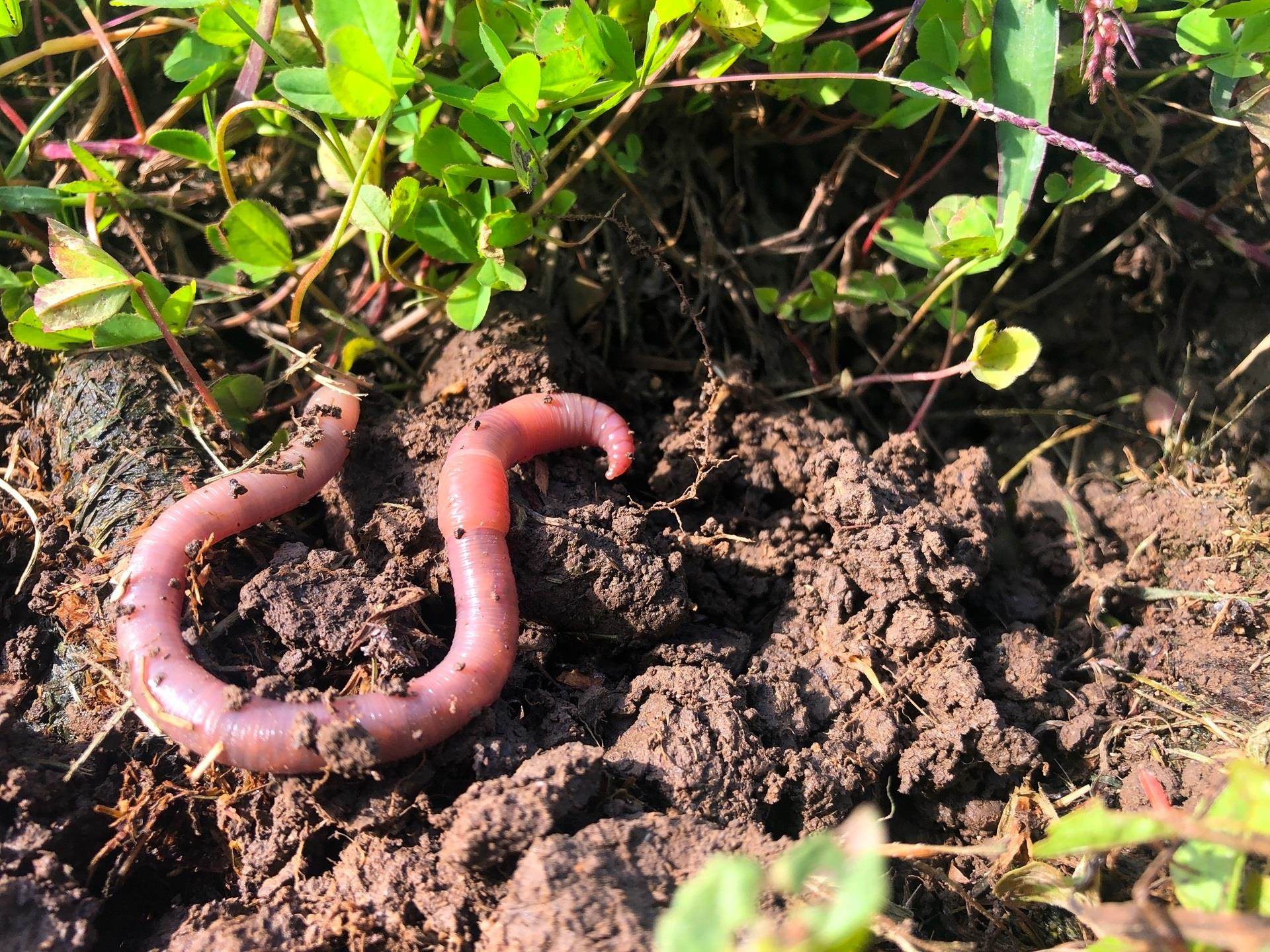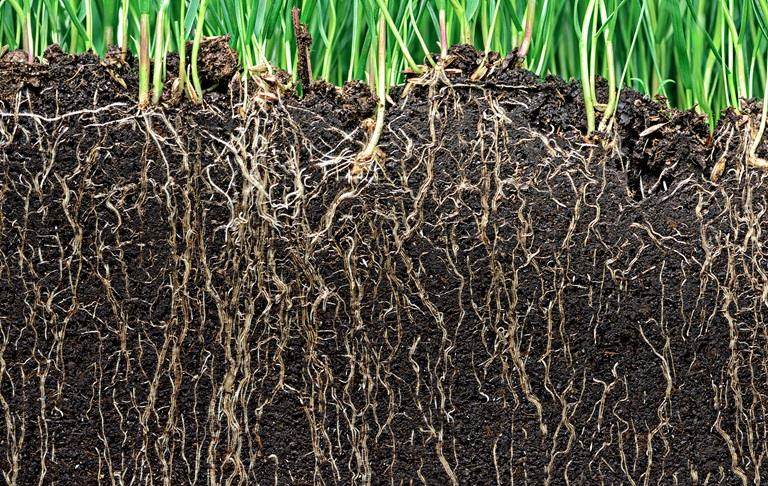What is Regenerative Agriculture: A primer
Regenerative Agriculture (RegenAg) has emerged as a response to this challenge. It is more than simply “sustainable” farming. While sustainability often implies maintaining current systems, regenerative farming goes a step further: aiming to restore and enhance ecosystems. But it is also a pragmatic approach, emphasising maintaining or increasing productivity.

An outcome-driven approach
Unlike organic farming, which is defined by restrictions on inputs (no synthetic fertilisers, pesticides, or GMOs), RegenAg is defined by its outcomes. The goal is to build healthy soils, enhance biodiversity, sequester carbon, and improve water use efficiency—all while ensuring that farms remain profitable and productive. This flexibility opens the door to a wide range of practices and innovations. Farmers and AgTech providers can experiment with different approaches, so long as they deliver on the core outcomes. The World Business Council for Sustainable Development, for example, calls RegenAg “an outcome-based food production system that nurtures and restores soil health, protects the climate, water resources, and biodiversity, and enhances farms’ productivity and profitability.”
The five core principles
While regenerative agriculture can look different from one farm to another, certain principles are widely recognised as its foundation. Groundswell, a leading RegenAg community and festival, describes them as:
- Don’t disturb the soil—minimize plowing and avoid practices that damage soil biology and structure.
- Keep the soil covered—protect against erosion and extreme weather with cover crops or crop residues.
- Keep living roots in the soil—root systems feed microbial life and stabilise the soil ecosystem.
- Grow a diversity of crops—use rotations, intercropping, or cover cropping to support soil and pest resilience.
- Integrate grazing animals—managed livestock grazing contributes to nutrient cycling and soil regeneration.
These practices may sound simple, but together they build the foundation for healthier soil—and healthy soil is the key to resilient, productive farming systems.
Why do we need Regenerative Agriculture?
Agriculture today accounts for approximately 25% of global greenhouse gas emissions and uses around 70% of freshwater withdrawals. Unsustainable practices threaten long-term food security, not just environmental health. Monocultures bred for yield often lack resilience, making them dependent on high levels of fertiliser and pesticide and vulnerable to climate stress.
By shifting to practices that improve soil biology and ecosystem health, RegenAg offers a way to reduce environmental harm, stabilise yields, and lower farming risks.
Industry interest
RegenAg is gaining attention across the agriculture value chain. Food companies are exploring regenerative sourcing as part of their climate strategies. AgTech firms are investing in biostimulants, biologicals, and precision tools that support regenerative outcomes. And major financial players are beginning to back programs that help farmers make the transition. There are challenges ahead. But there is also momentum.
Why are we interested in all this?
Whilst we recognise that much of the change from RegenAg will be driven by better farming practices, we strongly believe that innovations such as biologicals and biostimulants and new, targeted formulations of sprays and seed treatments will play a key role in enabling this transition. We outline some of these exciting innovations in our next blog, and discuss them in detail in our whitepaper, ‘Regenerative Agriculture: How to improve natural ecosystems and increase yields’.
Download the white paper
White paper: Regenerative Agriculture


